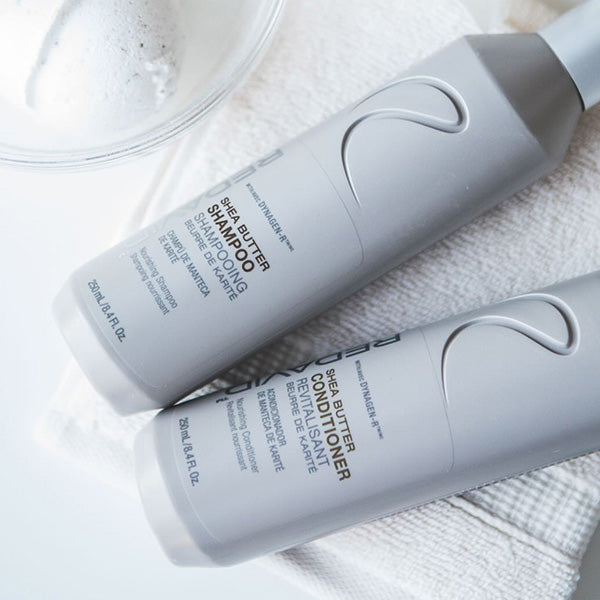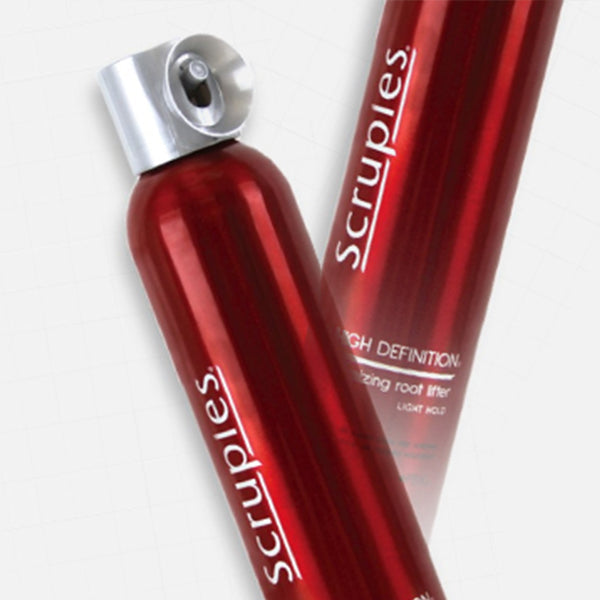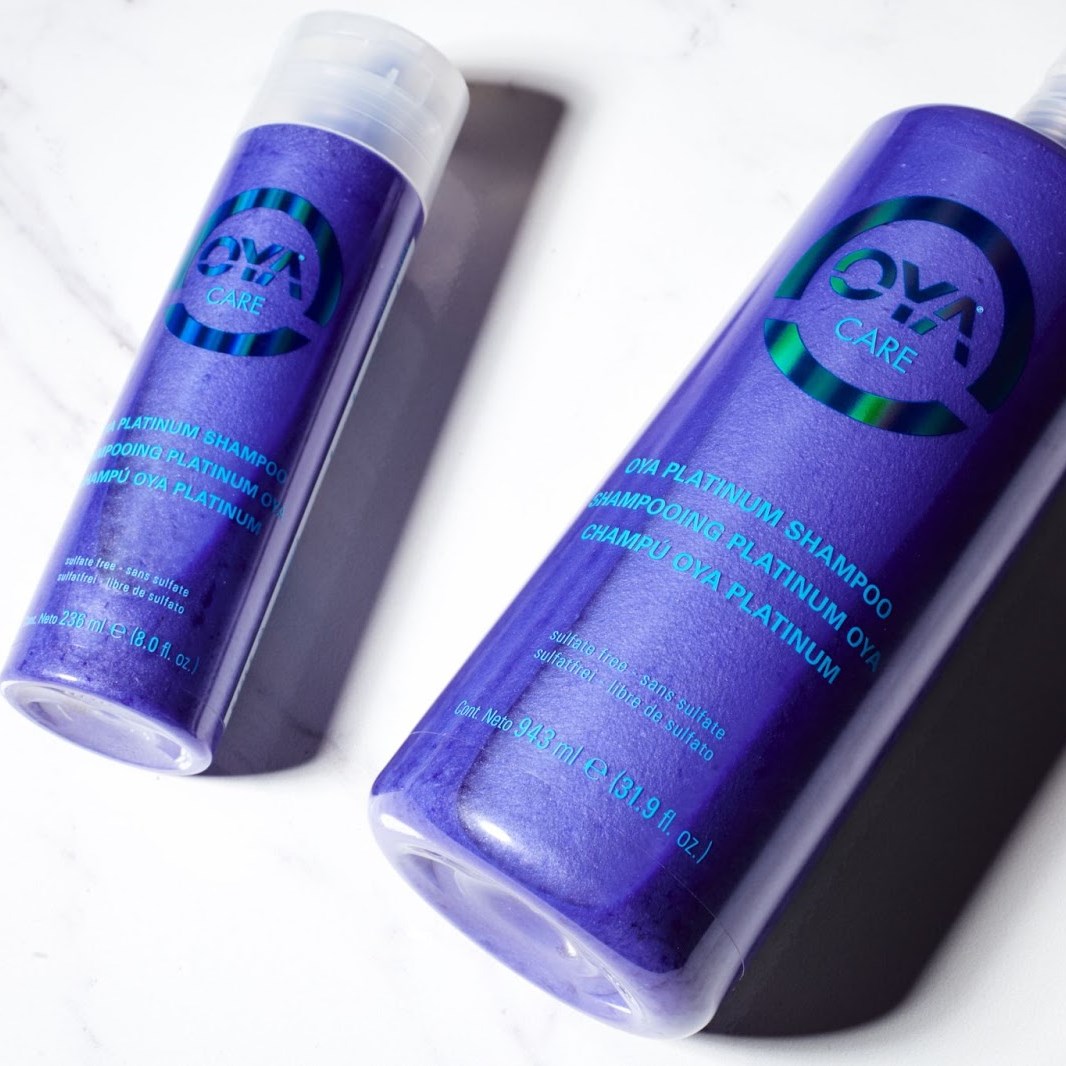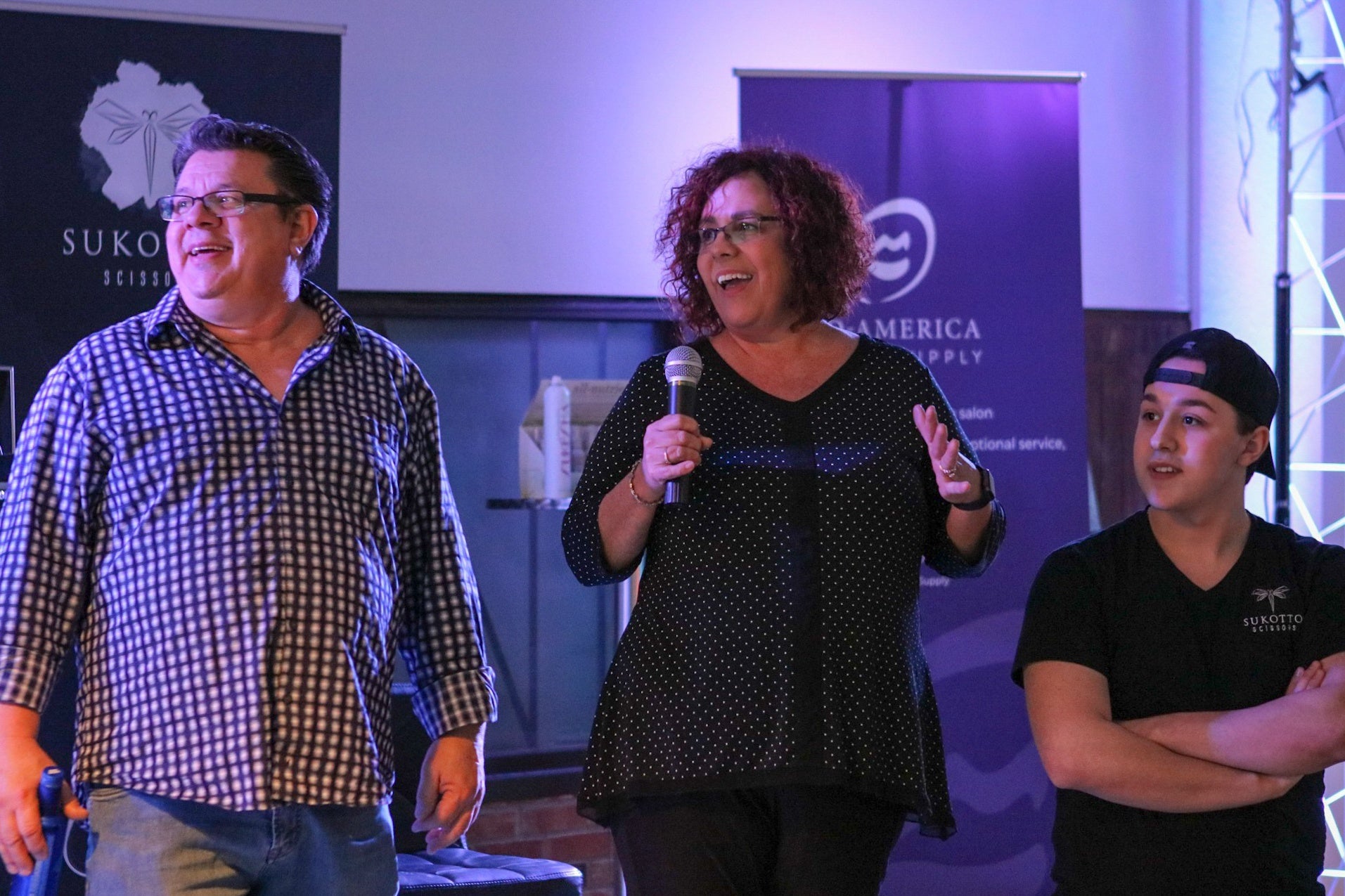When the Hair Lies: Identifying False Indicators During Wet Consultations
Wet consultations are a standard part of most salon services—especially for cutting and chemical work. But relying solely on how the hair behaves when saturated can lead to misreads in density, texture, porosity, and shape. Water changes the behavior of the hair fiber, often masking crucial characteristics that only reveal themselves when dry.
Understanding the false indicators of wet hair helps stylists make better-informed decisions, avoid service mishaps, and deliver more precise results—especially for custom cuts and color formulas.
Why Wet Hair Can Be Misleading
Water temporarily alters:
-
Elasticity – Hair stretches up to 50% more when wet, which can mask fragility or disguise breakage
-
Texture – Curl and wave patterns collapse or change shape
-
Porosity – Overly porous hair may feel soft and slippery when wet, but dry brittle
-
Density and Bulk – Water weight compresses thick or textured hair, creating the illusion of manageability
-
Fall Pattern – Cowlicks and growth direction are harder to detect under saturation
These shifts can lead to over-removal of weight, uneven cuts, or formulas that look perfect in the bowl—but patchy or imbalanced once dry.
Common Wet Consultation Mistakes
1. Overestimating Strength in Damaged Hair
Hair that feels “strong enough” when wet may be masking extreme fragility. Lightening or chemical services done without a dry elasticity check often lead to breakage during rinsing or toning.
2. Misreading Texture in Curl-Patterned Hair
A 3A curl when dry may appear as a loose wave when wet. Cutting or shaping the hair in this state can lead to unwanted shrinkage or shape distortion once it dries.
3. Undercutting or Overtexturizing Fine Hair
Fine hair appears thicker when wet due to clumping and water retention. Removing too much weight based on this misread can collapse the shape once dry.
4. Ignoring Growth Direction
Swirls, crowns, and cowlicks relax when wet, and their behavior is easy to miss. Cutting or applying color without accounting for their dry movement can lead to gaps, lifting issues, or style instability.
How to Avoid These Pitfalls
1. Always Start with a Dry Analysis
Before shampooing, assess the hair’s:
-
Natural fall
-
Curl pattern
-
Density and thinning areas
-
Breakage zones
-
Scalp condition
-
Porosity and sheen
Take notes and photos if needed—especially for large transformations or corrections.
2. Perform a Dry Elasticity and Strength Test
Gently tug a dry strand and assess resistance and bounce. Weakness or stretchiness may not be as obvious when wet but is more accurate in dry hair for determining structural integrity.
3. Map Curl Behavior Before Saturation
Use clips and sectioning to isolate curl types, note the shrinkage rate, and identify where tighter patterns begin. This helps you plan your shape and avoid harsh lines.
4. Use Caution with Wet Point Cutting or Slide Cutting
Only texturize wet when you've pre-checked density and pattern behavior. If in doubt, dry cut—especially on heavily textured or fine hair.
5. Adjust Formulas Based on Porosity Observations in Both States
Porosity can behave differently wet vs. dry. A wet strand may feel smooth, but when dry, reveal extreme roughness. This influences color uptake, fade rate, and toning strategies.













